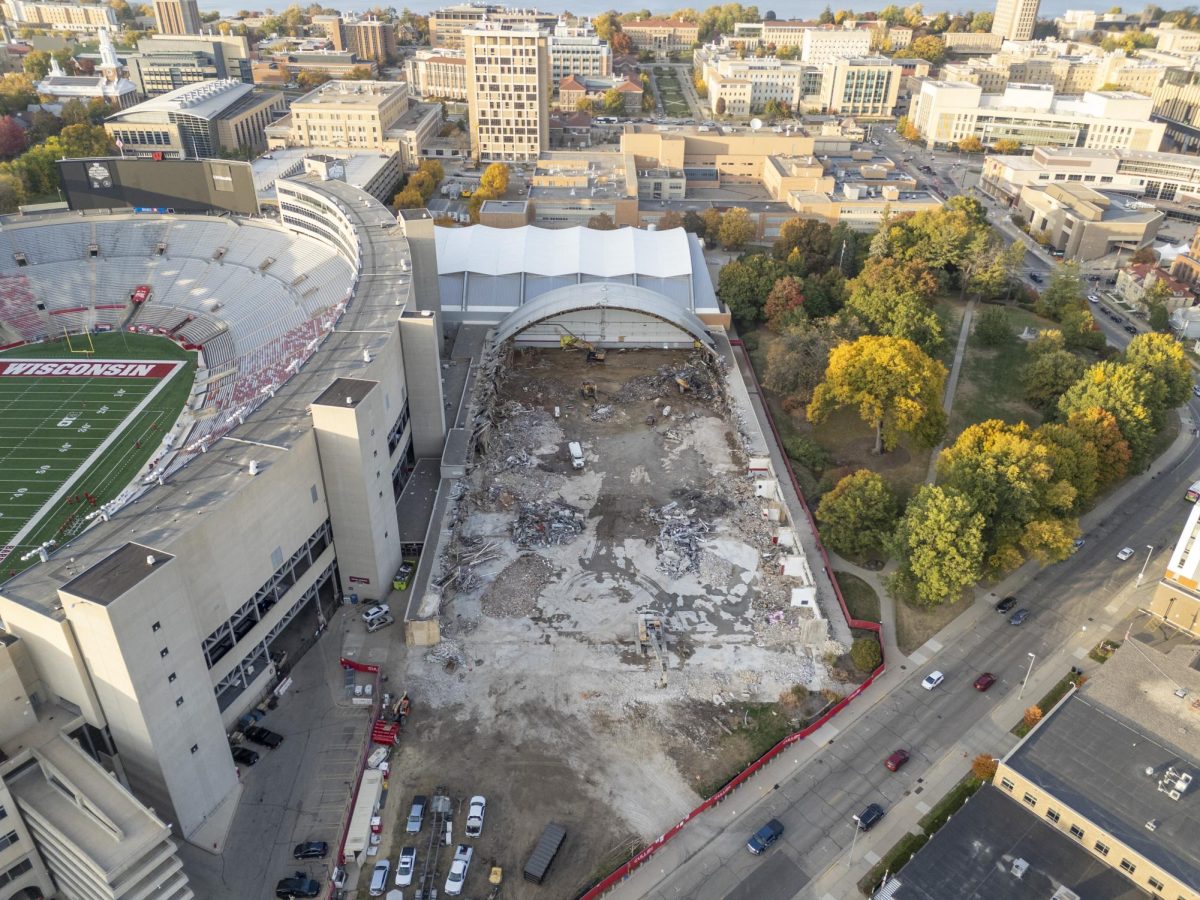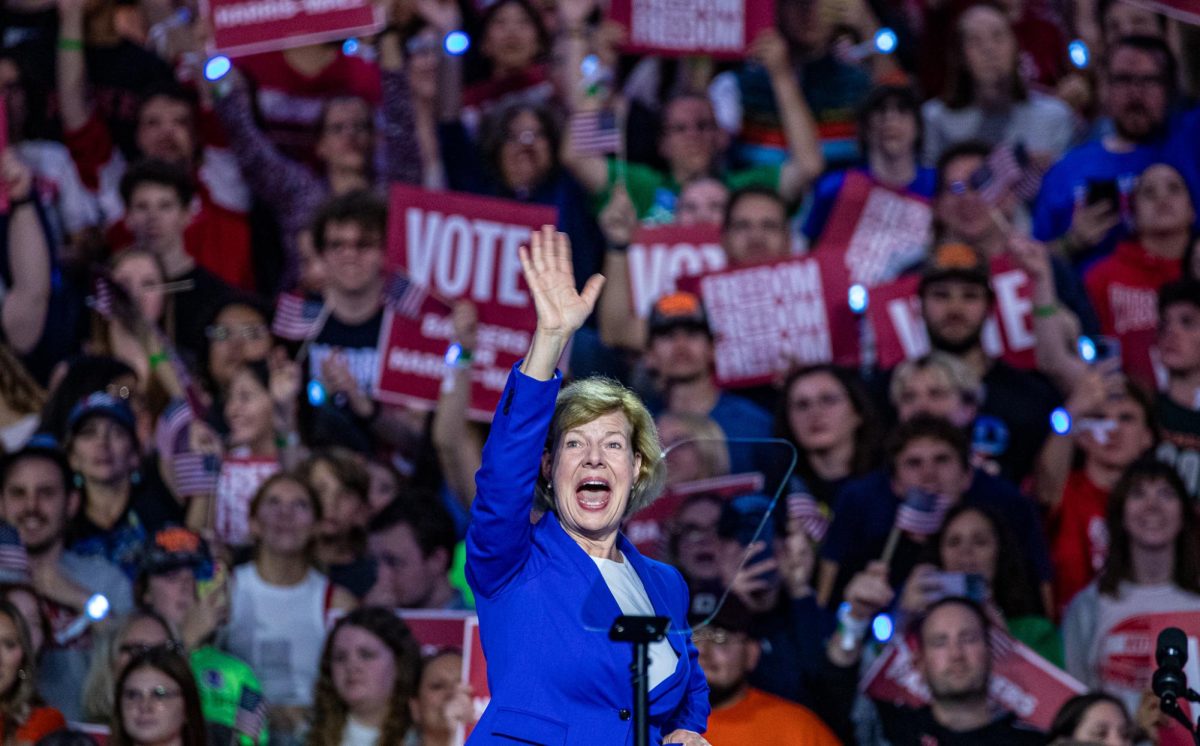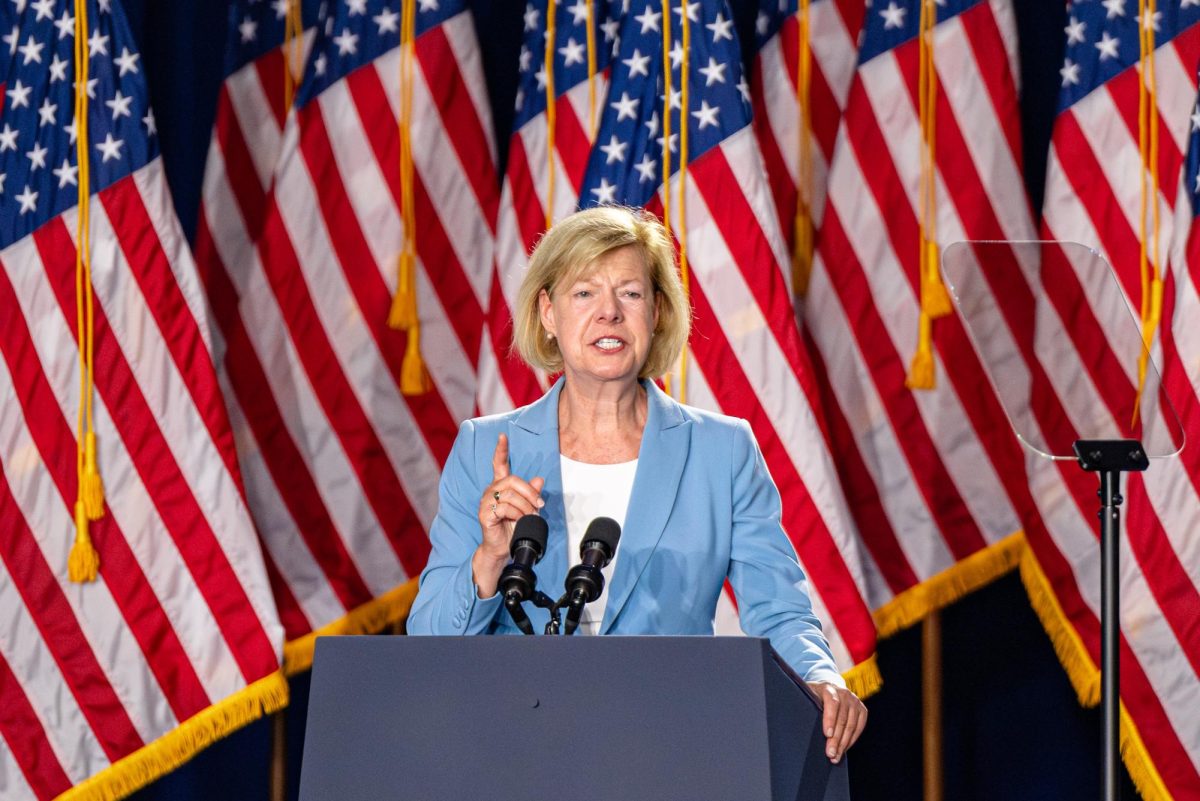For the 20th consecutive month, Wisconsin housing sales increased by more than 10 percent while median prices of homes rose an additional 6.1 percent, according to a report Friday.
According to a statement from the Wisconsin Realtors Association, sales were up 11.7 percent in February. The central region of the state led the pack with almost a quarter more home sales rising throughout the month.
WRA Board of Directors Chairman Renny Diedrich said in a statement these numbers are promising and reinforce progressive trends in housing sales the state has seen for close to two years now.
“The housing market has been on a strong growth path since the summer of 2011, and while the growth rate has moderated slightly, this is a very good trend moving into the spring selling season,” Diedrich said.
But some argue the same cannot be said for northern Wisconsin, which lagged behind surrounding areas of the state in housing sales. The region reported a decrease in home sales by 3 percent, and was the only region of Wisconsin not to improve.
David Clark, Marquette University economics professor and statistical consultant for the WRA, said these figures do not imply that the northern Wisconsin economy is struggling, however. He instead acknowledged these findings were more of a seasonal “aberration.”
“Housing in Wisconsin is very seasonal, especially the sales side of things,” Clark said. “People don’t want to close on a house in winter because that means they have to move in winter. They also don’t tend to want to close on a house in February or March if they have children because a lot of times that means they have to move their kids from one school to another.”
Clark said the rugged northern Wisconsin winters amplify this trend. But he noted while the north is often behind the rest of the state in winter home sales, there are three confounding variables to this decline.
Clark said the volume is particularly low, as the 3 percent decrease marks only nine individual houses that did not sell, and figures throughout the year show a 13 percent increase and “solid price increase.”
The numbers indicate what Clark said was a change in the psychology of home buying due to several factors. First, he said the low interest rates are encouraging to home buyers as well as a decreasing inventory, which the WRA approximates to be around 13.1 percent lower year-to-date.
Houses are also becoming more affordable given a decreasing price and median family income ratio, but also because people are starting to believe that buying a house is once again a smart investment, Clark said.
“If you’re looking at the type of things that motivate buyers, buyers are constantly looking for good value but their also looking for indications that houses will start appreciating,” Clark said. “Why would you buy an asset if you think its value is about to go down”?
That price increase is 6.1 percent or approximately three times the rate of inflation, WRA president and CEO Michael Theo said in the statement.
Clark said he expects the trend to continue. He said he is “cautiously optimistic” and expects that the prices will level off at a 3 or 4 percent increase while the sales volume will stay consistently strong as Wisconsin moves into the meat of the housing sales where more than 40 percent of home sales usually occur.













